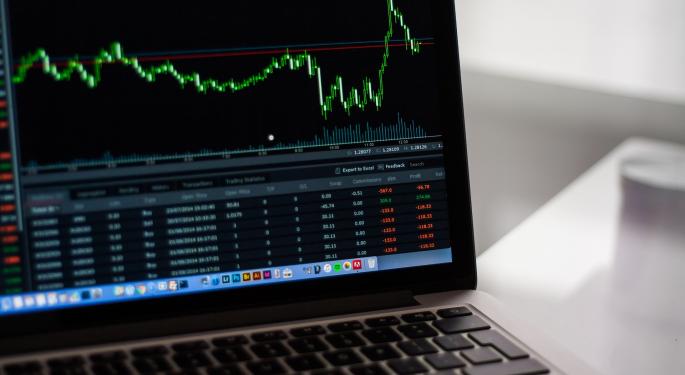Courtesy of Benzinga.
Inverse volatility funds, including the Credit Suisse AG – VelocityShares Daily Inverse VIX Short Term ETN (NASDAQ: XIV) and the ProShares Trust II (NYSE: SVXY), have taken much of the blame for the historical spike in stock market volatility this week.
In a note on Thursday, Bernstein analyst Noah Weisberger explained the two ways that these inverse volatility funds create feedback loops that drive volatility.
The trigger of these feedback loops is the constant rebalancing that exchange-traded notes like the XIV and the SVXY require. These funds require two different types of rebalancing—leverage rebalancing and roll-over rebalancing.
Roll-Over Rebalancing
Roll-over rebalancing is related to the fact that the short-term volatility futures contracts expire on a daily basis. Inverse volatility ETNs hold short positions in these futures contracts, and short sellers know buying the underlying contracts is part of the process of closing out these short positions.
“So, to maintain a constant maturity portfolio, ETN issuers are buying front month VIX contracts and selling – or getting more short – second month future contracts each day,” Weisberger wrote.
Leverage Rebalancing
The second type of rebalancing is leverage rebalancing. These inverse volatility ETNs are designed to be reverse-levered to the VIX. This leverage creates a unique situation where the assets under management of the funds decrease as the VIX rises. As the value of the VIX contracts being shorted increases, the fund also becomes “more short” the VIX, a phenomenon which must be offset by reducing short holdings, which once again involves buying underlying VIX futures contracts.
“This buying pushes the volatility higher still, reducing AUM further, and making the issuer’s hedging portfolio notionally more short, inducing further VIX futures buying to resize the portfolio to shrinking AUM,” Weisberger said.
Volatility Cascade
In a nutshell, rising volatility results in these inverse volatility funds being forced to go long volatility to maintain their inverse leverage, but this phenomenon can easily produce the type of cascading impact that happened on Monday during the huge market sell-off.
In fact, things got so far out of control during Monday’s after-hours trading session that the XIV dropped 80 percent from its previous day’s close, triggering an “acceleration event” that prompted Credit Suisse (NYSE: CS) to liquidate the fund.
The SVXY has survived the week, but the fund is now down 90.7 percent year-to-date.
Related Links:
3 Other Inverse Volatility Funds At Risk
What To Make Of The Market Sell-Off: Yields, Value Plays, And Volatility
Posted-In: Analyst Color Specialty ETFs Futures Top Stories Markets Analyst Ratings Trading Ideas ETFs Best of Benzinga




